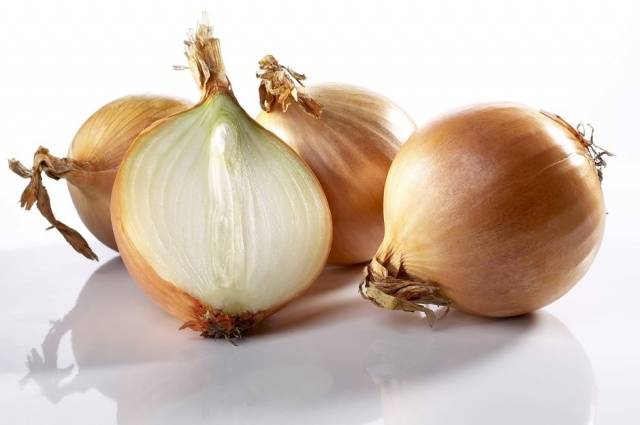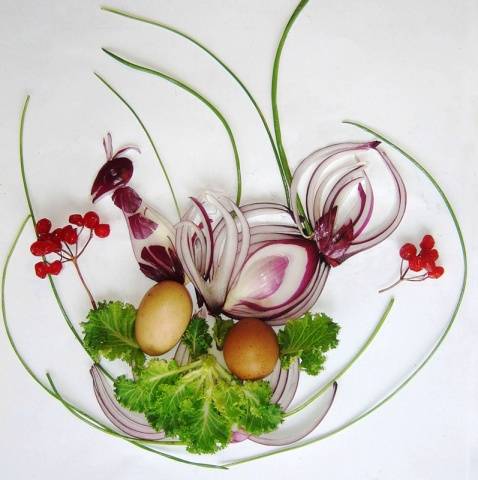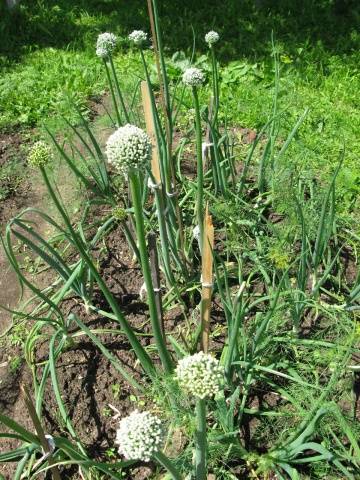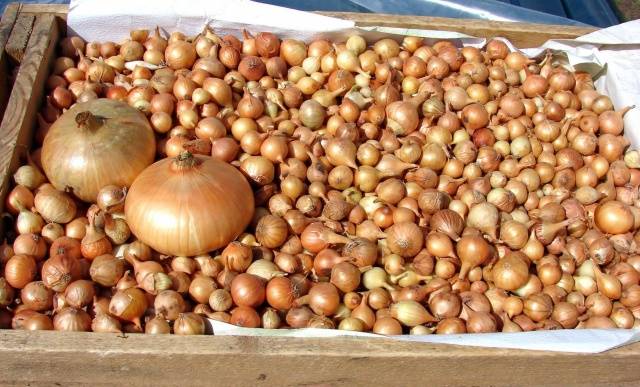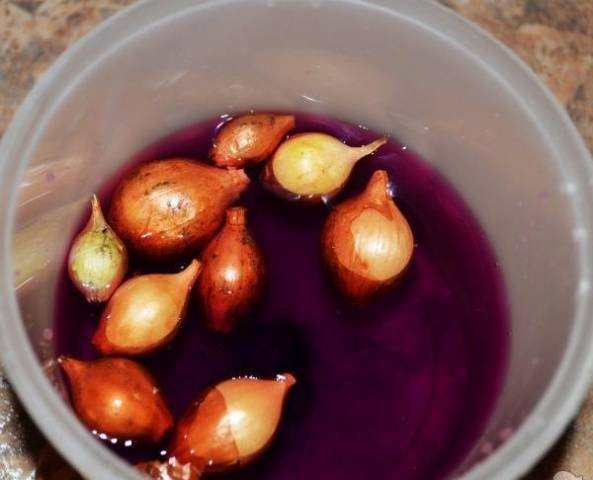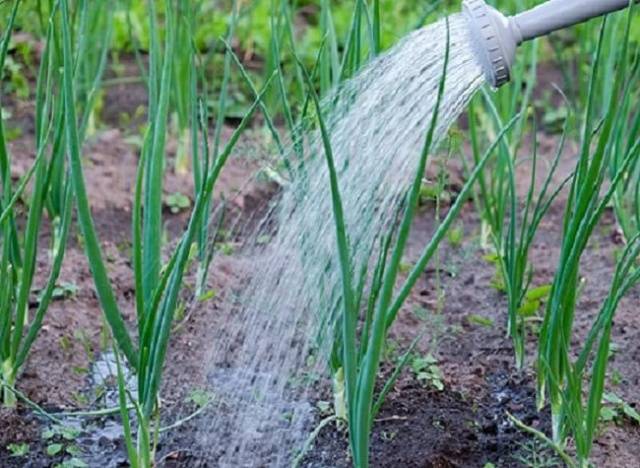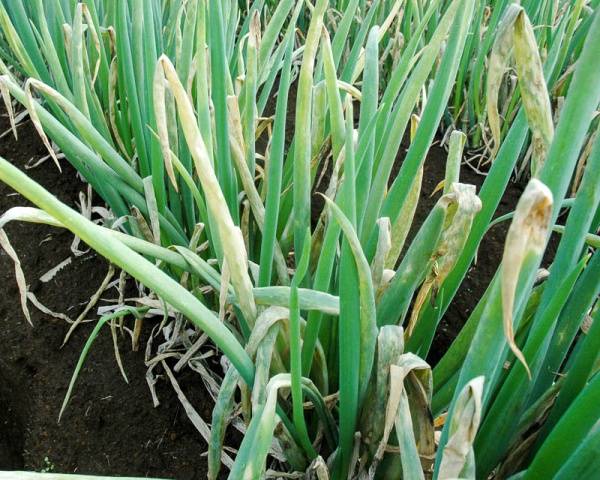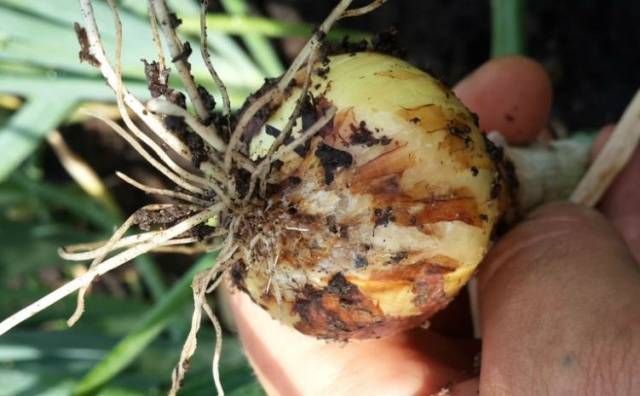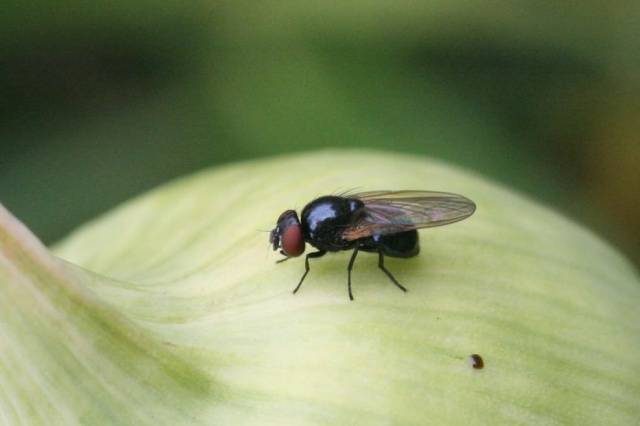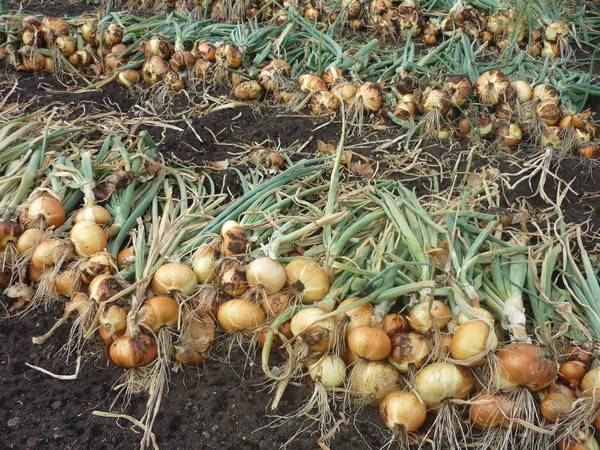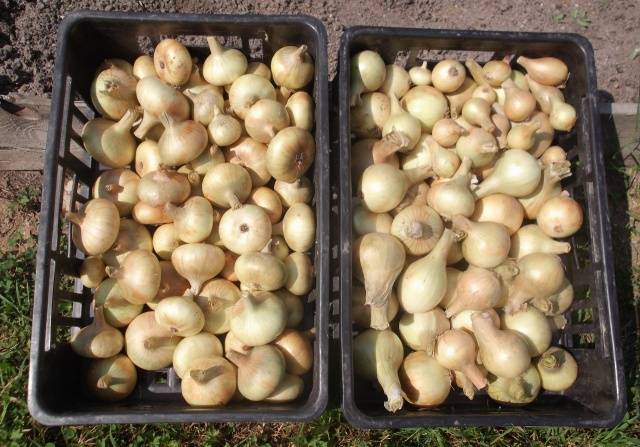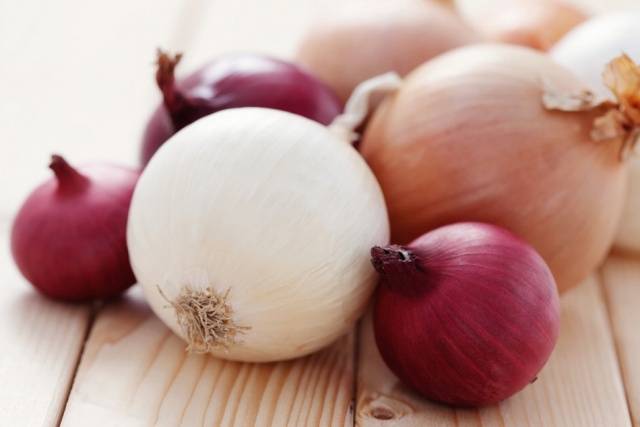Content
Onions are a very useful culture, known since antiquity. The history of culture is 6 thousand years old. The following historical facts are known about her: the builders of the pyramids were fed onions to keep them healthy and strong. Ancient Greek athletes used the vegetable in their diet in preparation for the Olympic Games. In Russia, it was grown in all regions, and it was known for a long time.
The use of onions protects during colds, thanks to the phytoncides, essential oils and vitamin C it contains. The vegetable purifies the blood, induces appetite, and is widely used in cosmetology and in folk recipes. It is used everywhere in the preparation of various culinary dishes.
Every self-respecting gardener will definitely provide himself and his family with useful vegetables. Therefore, during the period of planting on a personal plot, this plant is never forgotten. The question of how to plant onions correctly worries gardeners long before the start of the planting season.
When to plant onions
There is no exact answer to the question of when to plant onions in spring. You should focus on the climatic conditions of your region. There is a warm and early spring, then it is quite possible to plant onions at the end of April. But there are also natural disasters in the form of snowfall at the end of April, which delays the timing of planting onions.
Planted onions tolerate low temperatures well. The root system of the bulbs is developing, and the green part may slow down a little in growth. But among gardeners there is an opinion that too early spring planting onions leads to the formation of arrows in the future. Such bulbs are poorly stored and have an unsightly presentation.
If the soil warms up more, then the green part will grow rapidly to the detriment of the roots, which will not affect the future harvest in the best way.
The motivation for winter planting is as follows: too small bulbs dry up over the winter and become unviable. And thus they remain in the soil, in the spring they will not go into the arrow and will grow to a decent size.
Planting onions spring is a responsible matter, especially the choice of the planting date should be taken very carefully. It is at first that good harvest indicators are laid.
Preparation of planting material
Most often, gardeners acquire planting material in the form of small onions so that large onion heads grow from them. This is the so-called onion set. You can get it yourself from seeds, but the process of planting and growing is quite complicated and time-consuming. Moreover, the resulting small bulbs still need to be able to preserve until the next planting season. Therefore, most people buy ready-made planting material.
Before planting, it is imperative to prepare the bulbs. At the beginning, you need to sort them out, remove rotten, withered, deformed, damaged specimens.
The simplest action is to soak the onion in a cherry potassium permanganate solution for 30-40 minutes or in a solution of copper sulfate (35 g per bucket of water). Both substances disinfect the planting material. Some gardeners pre-soak the bulbs before planting in a saline solution (2 tablespoons of sodium chloride per 2 liters of water) for 3 hours, then washed and soaked in potassium permanganate for 3 hours.
Another tip: soak the onions first in warm water (15 minutes), then in cold water (15 minutes), and then in a mineral fertilizer solution for 5 hours before planting.
There are also modern preparations for processing planting material. These are all kinds of plant growth stimulants (Epin, Zircon, Amulet and others).
Preparatory measures are aimed at preventing damage to the bulbs by pests, returning them to the moisture lost during the storage period and, of course, increasing the future yield.
Soil preparation
Soil preparation consists in the correct selection of the site. Onions grow well on sandy loam and loamy soils. That is, they are fairly light in structure. Clayy heavy soils are not suitable for the plant, as they contribute to stagnation of water, which onions cannot stand at all.
The area should be sunny and well ventilated. Low-lying areas are also not suitable. Stagnant water causes the bulbs to rot. Onions do not grow in acidic soils.
A simple way to determine the acidity of the soil: spread a little earth on glass or porcelain and sprinkle it lightly with 9% vinegar. Look at the reaction. If there is a lot of foam, then the soil is alkaline, if the foam is not abundant, then the soil is neutral, if there is no foam at all, then the soil is acidic.
You can adjust the acidity of the soil by adding slaked lime, wood ash, chalk, dolomite flour in the fall.
Another requirement, in which planting onions gives a bountiful harvest, soil fertility. To increase it, manure or humus is introduced in the fall. The soil is prepared for planting in advance.
This will cause the feather to grow rapidly, and the underground part of the plant will not grow. So you can be left without a crop.
Observe the crop rotation. It is undesirable for the culture to grow for several years in a row in one place, it grows best after:
- Early and cauliflower;
- Ogurtsov;
- Zucchini, pumpkin, squash;
- Early potatoes;
- Peas, beans, beans;
- Sideratov.
Bad precursors for onion planting:
- Salad
- Carrot;
- Spices;
- Turnip;
- Radish;
- Bow;
- Garlic.
Fertilizers are applied in the fall. In the spring, the soil is dug up for planting onions, freed from weeds, is leveled.
How to plant onions
Onions are planted on long, narrow beds, so that later it will be convenient to care for. The height of the beds is made depending on the type of soil. If the soils are light, then the height is small, about 6 cm. If the soils are heavy, then the beds for planting are made higher so that the soils are well warmed up and ventilated from excess moisture.
A groove is made in the garden bed, spilled with water if the soil has time to dry, and onions begin to be planted. Planting scheme: 10 cm between the bulbs, 20 cm between the rows. The bulbs are placed in the furrows to a depth of 2 cm, only slightly drowning them. Then roll the soil around.
You can plant it more often if, in the process of growing, it is planned to thin the onion, pulling it out onto the greens. If you arrange the onions in advance in size, then the distance between the onions can also be varied.
How to plant onions correctly, watch the video:
If you decide to grow onions from seeds, then sow in beds with very loose soil. It is better to sow at intervals of 1.5 cm. The time when you can plant onions with seeds is the same as with bulbs.
How to plant onions with seeds correctly, watch the video:
Onion care
Regular onion care:
- Watering is necessary for onion plantings, especially in the first half of the growing season, once a week, depending on weather conditions, before harvesting, watering the plants should be stopped 3 weeks before harvesting;
- Removing weeds prevents fungal diseases from developing in plantings, since in the presence of weeds, increased humidity is created;
- Loosening the soil after watering and weeding is imperative, do not allow the formation of a dense crust on the soil surface. Loosening improves the flow of oxygen to the planting roots;
- Top dressing with urea when the feather reaches 10 cm.
As a rule, additional feeding is not required. But, if the feather began to turn yellow, and it is still far from harvesting, then the plants can be fed with the following composition of mineral fertilizers: dilute ammonium nitrate (10 g) and potassium salt (15 g) in a bucket of water (10 l). Onions also respond well to feeding with slurry (1:10) and poultry droppings (1:15).
Regular care is uncomplicated.
Diseases and pests
There are about 50 diseases of onions. Most common:
- Powdery mildew is manifested in the fact that a grayish bloom forms on the feathers of the culture, they turn yellow and die off, the bulb is deformed. Control measures: use of potassium-phosphorus fertilizers, do not thicken the planting, weed in time;
- Fusarium is manifested in the rot of the bottom of the bulb and the death of the root. Control measures: treatment of plants with ash infusion, purchase of high-quality planting material and its preparation before planting.
If you follow the cultivation technique correctly, then diseases will not arise.
Plant pests are no less dangerous:
- The onion fly lays eggs in the soil near the plant and in its upper scales, the larvae penetrate into the bulb. It stops growing and decays. Control measures: do not plant the culture in the same place, spill the soil around the plantings with a solution of sodium chloride (300 g per bucket of water), repeat the treatment of plants after a week;
- The onion moth is a small brown butterfly. It lays eggs on feathers, the larvae gnaw through the passages in them and sink into the bulbs. Plants start to rot and die. Control measures: loosening the soil, weeding, removing plant residues in the fall.
The emergence of plant pests and diseases is much easier to prevent than to fight them. Buy quality planting material and be sure to decontaminate it before planting.
Cleaning and storage
Harvesting begins in late July and early August. The signal for this is yellowing and lodging of feathers. The bulbs become dry and yellow. Do not delay harvesting, as the plants will accumulate excess moisture, which can cause rotting of the bulbs.
For 2 weeks, stop watering for the same reasons. Harvesting is done in dry, sunny weather to dry the bulbs. The bulbs are immediately trimmed. Without fanaticism, leaving the neck not too short, otherwise the vegetable will be worse stored.
Then the grown crop is placed in a cool shaded place for further drying, which will last at least 2 weeks. During this time, the bulbs will need to be turned over several times.
Requires a dry, cool, dark place for storage. Such conditions are difficult to comply with, most of us store crops in a city apartment. Use boxes, crates or baskets for storage. The main thing is that the container is breathable. Regularly inspect the bulbs for the appearance of rot, one specimen can very quickly infect others lying nearby.
Conclusion
Onions are a healthy culture, without which practically no dish can be cooked. And no matter how much you grow this healthy vegetable, it is always in short supply. Planting and growing onions is not difficult, economically profitable, grown at minimal cost, and you can plant onions in a variety of ways.
